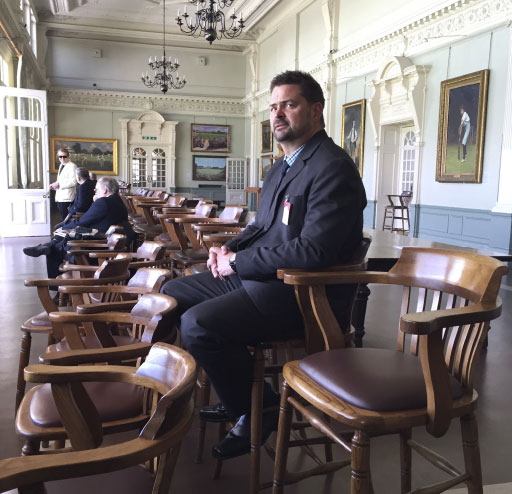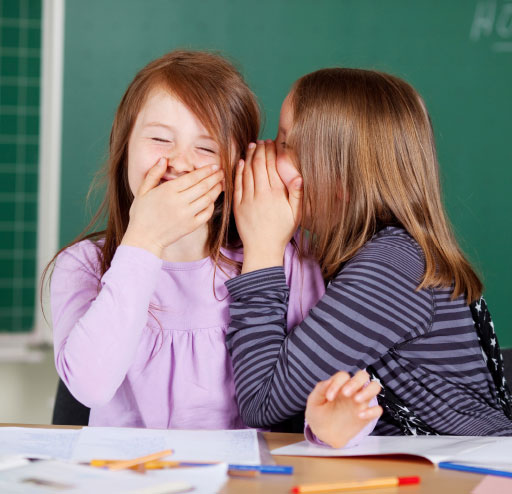 Download a printable version of this article (PDF 457KB)
Download a printable version of this article (PDF 457KB)
- Prioritise cultural development as core business.
- Focus on relational connection above the individual.
- Make wise decisions about bullying, reflecting best practice rather than hunches.
- Back your decisions up with focused changes in your own conduct.
- Be the first to change.
Trying to beat bullying seems a strange quest. The language alone implies an enemy to be vanquished or a finish line to be crossed and having our efforts rewarded with a big trophy. It suggests that we can walk away from the battle to enjoy the spoils of victory. Unfortunately, much as we might like to envisage a final moment of triumph at the end of the battle, it isn’t going to come.
Young people experience all manner of negative influences in their lives and when this is combined with the scientific fact that their brains are still developing, it is a recipe for mistakes. And mistakes are opportunities to learn.
Rather than fall into the trap of trying to beat bullying, we need to be channeling our efforts into countering it to reduce both the frequency of its occurrence and the severity of its impact.
“Teaching is a very noble profession that shapes the character, calibre and future of an individual. If the people remember me as a good teacher, that will be the biggest honour for me.”
– A.P.J. Abdul Kalam
Countering bullying is a serious acknowledgement that in any cohort of students there will be some who will always be tempted to bully. It is pivotal to acknowledge this and to lock in for the ongoing work required to build cultures where it is increasingly difficult for bullying to thrive.
Of course, simply recognising that countering bullying is an eternal struggle can make us weary. Frustration results from never completing the mission – and so we must learn to become comfortable with process, with sound responses, with clever preventative action and with the positive feelings that others articulate about our schools.
Bullying was never going to be fixed with a program. It was never going to be remedied on a Thursday afternoon by an inspirational student speaker, by painting a mural, by running an event or by a zero tolerance policy. These actions, although well intended and largely admirable, are all targeting the elimination of bullying and are thus subject to failure. And it is failure that can erode our own confidence.
Instead it is helpful to view bullying as a cultural challenge and opportunity. Talk about culture as something that can be worked on, transformed and sustained with the level of intentional strategy that we apply to student learning ambitions. Avoid school culture forming via osmosis or by socio-economic composition and instead make cultural leadership core business.
Leading a strong, relational culture is about focusing less on the individuals in your school community and being more focused on the connections between others.
Think of your school community as a brain. Science has proven that brain function is less reliant on the health of individual cells than it is on the synapses or the microscopic junctions between the cells. It’s the connection that really counts.
In connected school cultures, a handful of simple hallmarks is evident:
| A restorative ethos and culture | In schools where Restorative Practices are used across the gamut of relational interactions, including bullying, there is evidence of reduction in recidivism and punitive reliance such as suspensions. In these schools negative behavioural patterns have been replaced with responsible and empathic behaviours. |
| Citizenship education | Intentionally using learning time to teach students how to be active class members, and conscious community members who are aware of their roles and responsibilities in a democratic society. |
| Adults who model positive relationships | Ensuring that students see adults positively responding to difficulty and challenge, at the same time as intentionally preserving their relationships. This does not mean the eradication or the hiding of conflict, as it is important for students to witness adults dealing with disagreement effectively and respectfully. |
| Cooperative learning | When students are expected, taught and supported to solve academic problems together these skills become transferable to other domains of their lives, including social, emotional, community, relational and family realms. |
| Mechanisms to involve and support parents and carers formally and informally | School Associations that fully understand and endorse the school’s ambitions and work for a relational culture is key. Equally, providing genuine support and resources for parents and carers to meet the challenges of modern parenthood has proven to increase trust in the school’s practices and policies. |
The decisions leadership teams make have a significant influence on the management of schools. These decisions can ensure that programs are implemented, events are run, and even service contracts are selected effectively. However, cultural work goes well beyond some wise decisions. A school culture is influenced not only by the choices of its leaders, but by the way they behave.







